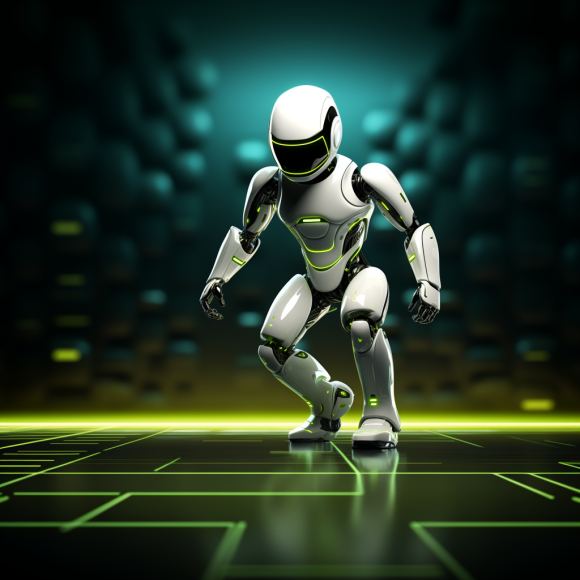We can trace the popularization of the concept of robots to a 1918 film starring Houdini called “The Master Mystery” and a 1920 Czech play called “Rossum’s Universal Robots.”
The play and the film were both pretty cynical about humanity’s relationship with machines. Even so, robots have been a part of our collective unconscious for generations. Fears about automation define Industry 4.0. Robots and golems are still the faces of some of our most enduring myths and stories.
So why do we have robots in the first place? Why is this such an important concept in technology and futurism? What opportunities do robots bring, and are there any potential downsides? These are big questions, but here is a brief look at some of the answers.
There’s a Robot for That: Modern Robotics Applications
Why do we have robots?
The short version is that robots exist for the same reason all technology exists — to make human life easier and safer. Robots help take human bodies out of dangerous conditions, or improve upon the limitations of the human body, or help us perform tasks we couldn’t do, at a pace we couldn’t maintain, at an industrial scale.
As a “branch” on the larger technology “tree,” robotics is dedicated to a few central priorities:
- Go where people can’t: Undersea and space probes explore outer space or below the earth’s surface, while nano machines help us reach, study and treat the remotest recesses of the human body.
- Amplify our strength or dexterity: Robotic exoskeletons keep construction and maintenance workers safer while also helping them carry more weight.
- Improve accuracy and productivity: Across a range of industries, robots, unmanned trucks and automated equipment helps companies realize higher product throughput with lower defect rates.
Many remote-operated devices qualify as robots too, such as unmanned aerial vehicles (UAVs). Farmers and agricultural companies increasingly rely on drones to keep an eye on animals or growing conditions across large tracts of land.
Many security and military applications rely on robotics as well. Think where we’d be without bomb disposal robots.
In the future, robots will continue to play an integral role in scouting planets and learning about distant celestial bodies.
What About Artificial Intelligence and Automation?
If anything, artificial intelligence (AI) is an even bigger can of worms than robotics. Computer vision relies on a type of artificial intelligence to give machines an awareness of their surroundings and tasks. As robots grow more complex and take on more demanding tasks, their set of instructions must grow ever more complex as well.
Machine learning has already given us industrial-scale automation. What it hasn’t given us is androids that look and behave like human beings. Not yet.
Nevertheless, AI and automation technologies are at the forefront of every industry and function on earth today, from manufacturing, energies, marketing and retail to warehousing, logistics, customer service procurement.
Why Robotics Is a Smart Investment
Automotive and electronics manufacturing, as well as metalworking and food and beverage processing, are some of the largest customers when it comes to robotic sales. In 2017, automotive and foods saw 21 and 19 percent growth, respectively, for robotics investments.
Judging by most estimates, robotics will probably deliver a similar impact to economic productivity and profitability as previous industrial revolutions.
And yet, you’re more likely to do your work alongside a robot in the near future than you are to have that robot replace you outright. This has led to the coining of another popular term — “cobot.” Cobots are robots designed to work efficiently and safely alongside human workers. Some cobots are completely autonomous and others are more like support apparatus that respond to basic inputs and manipulation.
The point is, robots help us do all of earth’s most essential work at scale, with tremendous accuracy and with limited downtime — from agriculture to manufacturing, distribution and even last-mile delivery. We’ll likely continue to invest in robots, as a species, that think and maybe even look a little more like us all the time, so long as they add value to our processes and supply chains.
With common-sense safeguards in place, thinking machines and robots will continue to work in harmony alongside us. Why do we have robots? Because they’re useful. It’s probably also because it’s in our nature to study our own consciousness in greater detail. Whatever the reason, robots are a part of our present and future, and we’re better off for it.
Recent Stories
Follow Us On
Get the latest tech stories and news in seconds!
Sign up for our newsletter below to receive updates about technology trends














